Root vegetables are edible plants that grow underground, where their roots or tubers are used as food. These vegetables are typically carbohydrate-rich, making them a valuable part of the human diet.
Root vegetables do not have seeds as the edible part is the root. These types of veggies are rich in dietary fiber, which supports digestive health. However, this fiber content can also cause gas and, in some cases, diarrhea, especially if consumed in large quantities.
Depending on the species, they can grow in various climates and be harvested at different times of the year. Their ability to be stored for extended periods without spoiling contributes to their importance in cuisines, particularly in regions with long winters or limited access to fresh produce.
So here, you’ll discover 23 varieties of root veggies worldwide with in-depth details, from flavor and culinary uses to health benefits. Besides this list, I also suggest some of the best cooking methods to turn them into delicacies.
Finally, though they’re famous for their long shelf life, there are tricks to extend it further. Let’s jump in and learn more!
Root vegetables are edible plants that grow underground, where their roots or tubers are used as food. These vegetables are typically carbohydrate-rich, making them a valuable part of the human diet.
Root vegetables do not have seeds as the edible part is the root. These types of veggies are rich in dietary fiber, which supports digestive health. However, this fiber content can also cause gas and, in some cases, diarrhea, especially if consumed in large quantities.
Depending on the species, they can grow in various climates and be harvested at different times of the year. Their ability to be stored for extended periods without spoiling contributes to their importance in cuisines, particularly in regions with long winters or limited access to fresh produce.
So here, you’ll discover 23 varieties of root veggies worldwide with in-depth details, from flavor and culinary uses to health benefits. Besides this list, I also suggest some of the best cooking methods to turn them into delicacies.
Finally, though they’re famous for their long shelf life, there are tricks to extend it further. Let’s jump in and learn more!
List of 23 Healthy Root Vegetables
Explore 23 root vegetables in various varieties below. Use the filter function to find your ideal choice and uncover new favorites.
Carrot
- For Dishes
- For Garnishes
Carrot is a popular root vegetable with a vibrant orange color and sweet, crisp flavor. Rich in beta-carotene for the body to convert to vitamin A, carrots are often enjoyed raw, cooked, or juiced.
These crunchy root vegetables thrive in temperate climates and are typically harvested in the spring and fall. Their natural sweetness intensifies when cooked, making them a favorite in soups, stews, salads, and snacks.
Historically, carrots were first cultivated in Persia and have been a staple in global cuisines for centuries. Aside from orange, carrots also have other shades, such as red or yellow.
Taro
- For Dishes
Taro is a starchy root vegetable prized for its nutty flavor and slightly sweet taste when cooked. This oval-shaped root is a staple in many tropical and subtropical regions, particularly in Asian, African, and Pacific Island cuisines.
Also, taro provides a creamy texture, making it perfect for soups, stews, and desserts. Historically, taro has been cultivated for thousands of years, with the leaves even employed for consumption when properly cooked.
Water Chestnut
- For Dishes
- For Garnishes
Water chestnut is a crisp, aquatic root vegetable known for its refreshing crunch and subtle sweetness. Commonly used in Asian cuisine, particularly in stir-fries and salads, water chestnut retains its texture even after cooking.
Cultivated in shallow waters, water chestnuts grow in marshes, ponds, and paddy fields. They are not nuts but tubers of the plant that can be eaten raw, boiled, grilled, or pickled.
Onion
- For Dishes
- For Garnishes
Onion is a root vegetable favored for its pungent aroma and ability to enhance the flavors of a wide range of dishes. These round onions are closely related to garlic, leeks, and chives, available in several varieties like red, white, and yellow.
They can be eaten raw, sautéed, caramelized, or pickled. Their robust flavor and versatility make onions a staple in everything from soups and stews to salads and sandwiches.
Garlic
- For Dishes
Garlic is a fragrant vegetable with roots widely used in cooking to add depth and aroma to dishes. Commonly, garlic provides a strong, pungent taste that eases and sweetens when cooked in sauces, marinades, and roasts.
Garlic contains sulfur compounds, such as allicin, contributing to its characteristic smell. For usage, people often peel off the outside white skin to get the ivory, aromatic bulb inside.
Turmeric
- For Beverages
- For Dishes
Turmeric is a vibrant, yellow-orange root derived from the rhizome of the Curcuma longa plant. The root offers an earthy, slightly bitter flavor, often used in many Asian and Middle Eastern dishes, particularly curries.
Additionally, turmeric is renowned for its medicinal properties, largely due to its active compound, curcumin, which has powerful anti-inflammatory and antioxidant effects. Turmeric can be consumed fresh, dried, or powdered and is also a popular ingredient in teas and golden milk.
Ginseng
- For Beverages
- For Dishes
Ginseng is a renowned herbal root that features numerous health benefits and is used in traditional medicine. Coming from East Asia and North America, ginseng is valued for boosting energy, enhancing cognitive function, and reducing stress.
Often consumed in teas, supplements, or extracts, ginseng has a slightly bitter yet earthy flavor. This herbal root vegetable is especially popular in Korea, where ginseng is cultivated to the highest quality.
Galangal
- For Beverages
- For Dishes
Galangal is a fragrant, spicy root closely related to ginger and turmeric, widely used in Southeast Asian cuisine. Known for its sharp, citrusy flavor with hints of pine and earthiness, galangal is mainly used in Thai curries and Indonesian soups.
Galangal can be used fresh, dried, or powdered, especially for traditional medicine. Often found in specialty markets, galangal is essential for authentic Southeast Asian recipes.
Beet
- For Beverages
- For Dishes
- For Garnishes
Beet is a nutrient-dense root vegetable with a vibrant red color and earthy sweetness. Ideally, beets can be eaten raw, roasted, boiled, or pickled, adding flavor and color to salads, soups, and side dishes.
Also, beetroot’s natural sugars make them a healthy alternative for sweetening recipes. Aside from the root, beet greens are edible and packed with nutrients.
Radish
- For Dishes
- For Garnishes
Radish is a crisp, peppery root vegetable used in salads and dishes. Known for its quick growth, radish thrives in various climates and can be harvested in just a few weeks.
The rough root vegetable has a slightly spicy flavor that varies with different species, from mild to sharp. Radishes are also great for pickling after cutting into thin slices or bite-sized pieces.
Potato
- For Dishes
Potato is a staple root vegetable in the culinary world, favored for its starchy and mild taste. Rich in carbohydrates, potatoes provide essential energy while being easily adaptable for boiling, baking, frying, and mashing.
Originating from the Andes region of South America, potatoes have a long history of cultivation and have become a dietary cornerstone globally. Their mild flavor and varied textures, ranging from fluffy to creamy, allow for various cooking methods.
Rutabaga
- For Dishes
Rutabaga is a root vegetable with a sweet, slightly peppery flavor, often used in hearty winter dishes. A cross between cabbage and turnip, rutabaga thrives in cooler climates and has a firm, dense texture.
The root vegetable can be roasted, mashed, boiled, or used in stews and casseroles. Its origins trace back to Scandinavia and Russia, where rutabaga remains a staple during the colder months.
Ginger
- For Beverages
- For Dishes
Ginger is a pungent, aromatic root with a zesty flavor and extensive health benefits. Widely used in cooking and traditional medicine, ginger adds a warm, spicy kick to both sweet and savory dishes.
Originating in Southeast Asia, ginger has been a staple in culinary and medicinal practices for centuries. It can be used fresh, dried, powdered, or as an oil or juice.
Jicama
- For Dishes
Jicama is a crisp, refreshing root vegetable native to Mexico, offering a mild, slightly sweet flavor. Often enjoyed raw, jicama adds a satisfying crunch to salads, salsas, and slaws.
Better yet, you can even use jicama in stir-fries and as a low-calorie snack, often seasoned with lime and chili powder. Jicama’s ability to stay fresh and crunchy makes it a staple in healthy eating.
Lotus Root
- For Dishes
Lotus root is a root vegetable derived from the rhizome of the lotus plant. Popularized for its crunchy texture and slightly sweet flavor, lotus root is a staple in Asian cuisine, often used in stir-fries, soups, and salads.
The root features a unique, wheel-like appearance with holes running through each slice. Beyond its culinary uses, lotus root is valued in traditional medicine for its potential anti-inflammatory and antioxidant properties.
Celeriac
- For Dishes
Celeriac is a root vegetable prized for its subtle celery flavor and versatile culinary uses. Often referred to as celery root, celeriac is cultivated for its bulbous root rather than its stalks.
People tend to slice celeriac into pieces to add a crunchy texture to salads or cook in soups, stews, and mashes for a creamy consistency.
Originating from the Mediterranean Basin, celeriac has been used in European cuisine for centuries as a nutritious alternative to potatoes and other starchy vegetables.
Fennel
- For Dishes
- For Garnishes
Fennel is a flavorful root and vegetable with an aromatic, slightly sweet taste reminiscent of licorice. Widely used in Mediterranean cuisine, fennel bulbs, stalks, and fronds are all edible in many cooking recipes.
Beyond its culinary uses, fennel has been used in traditional medicine to alleviate bloating and improve digestion. People often use fennel bulbs in a salad, using suitable cooking methods like boiling, roasting, or stir-frying.
Cassava
- For Dishes
Cassava is a starchy root vegetable native to South America, boasting a high carbohydrate content. Cultivated in tropical regions, cassava serves as a staple food in many countries by boiling, frying, or mashing.
However, you must cook cassava thoroughly to eliminate naturally occurring toxins. The mild flavor of cassava makes it suitable for both sweet and savory dishes.
The root vegetable is valued for its resilience in poor soil conditions, making it a vital crop for food security in many developing regions.
Sweet Potato
- For Dishes
Sweet potato is a root vegetable renowned for its naturally sweet flavor and vibrant orange flesh. These big tubers are known to support eye health, prepared in various ways, including baking, boiling, roasting, and frying.
Originating in Central and South America, sweet potatoes are mainly enjoyed for their creamy texture and nutritional benefits, often featured in dishes like casseroles, soups, and desserts.
Turnip
- For Dishes
Turnip is a root vegetable celebrated for its slightly peppery flavor. Often used in stews, soups, and roasted dishes, turnips add a delightful touch to the culinary world, as both the root and leafy greens are edible.
Grown in temperate climates, turnips thrive well in poor soil, making them a reliable crop. People often harvest turnips in the fall, and can be stored for extended periods
Parsnip
- For Dishes
Parsnip is a flavorful root vegetable with a sweet, nutty taste, which intensifies when cooked. Often used in soups, stews, and roasted dishes, parsnips have a rich, earthy flavor.
This hardy vegetable thrives in cooler climates and is typically harvested in late fall and winter. The roots have a creamy white color and a firm texture, making them versatile in both savory and sweet recipes.
Parsnips can also be mashed or pureed, providing a smooth, velvety texture that complements various dishes.
Horseradish
- For Dishes
- For Garnishes
Horseradish is a pungent root vegetable with a sharp, spicy flavor that adds a fiery kick to sauces and condiments.
Commonly used in Central and Eastern European cuisines, horseradish is grated and mixed with vinegar to create a powerful condiment often paired with meats and seafood. Its intense heat and distinct taste come from compounds released when the root is cut or crushed.
Horseradish thrives in cool climates and is harvested in the fall. Aside from cooking, it has been traditionally valued for clearing sinuses and easing respiratory discomfort.
Yam
- For Dishes
Yam is a starchy root featuring a sweet flavor. Widely cultivated in Africa, Asia, and the Caribbean, yams are a staple food in many cultures, often used in savory and sweet staples.
They can be boiled, roasted, fried, or mashed to adapt to different cuisines. Unlike sweet potatoes, yams have a rough, bark-like skin and a denser, drier flesh.
Yams play a significant cultural role in many societies, valued for their long shelf life, providing sustenance throughout the year.
What Are Perfect Cooking Methods For Root Vegetables?
Here are 6 suitable cooking methods to prepare root veggies and make several tasty culinary creations.
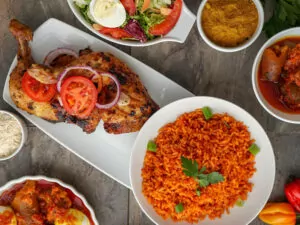
Roasting
Roasting root vegetables to increase their natural sweetness and create a caramelized exterior. Preheat your oven to 425°F (220°C). Toss carrots, parsnips, or sweet potatoes with olive oil, salt, and pepper. Roast for 25-30 minutes until tender and golden brown.
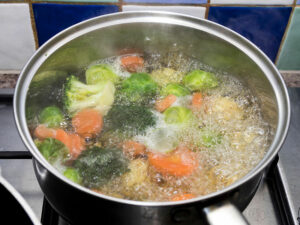
Boiling
Boiling softens root vegetables quickly. Place potatoes, parsnips, or turnips in boiling water and cook for 15-20 minutes until tender. Boiling is perfect for mashed vegetables or as a base for soups and stews.
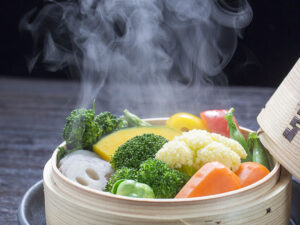
Steaming
Steaming preserves nutrients and colors in these foods. Place beets, turnips, or potatoes in a steamer basket over boiling water for 15-20 minutes until fork-tender. This gentle method retains more vitamins and minerals than boiling.
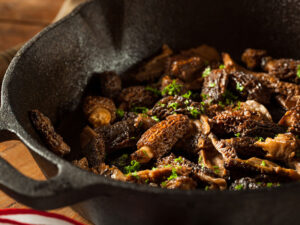
Sautéing
Sautéing adds a delightful texture and enhances flavors. Heat a small amount of oil in a pan, add diced rutabagas, carrots, or radishes, and cook over medium heat for 10-12 minutes until slightly softened and golden brown.

Grilling
Grilling adds a smoky flavor and charred texture. Slice sweet potatoes, potatoes, or carrots, brush with olive oil, and grill over medium-high heat for 10-15 minutes, turning occasionally, until grill marks appear and they are cooked through.

Frying
Frying creates a crispy exterior while keeping the inside tender. Use coconut oil for a healthier option, and fry potatoes, yuca, or parsnips until golden brown and crisp. Frying can be done as fries or chips, making for a delicious snack or side dish.
What Are Tricks to Store Root Vegetables in The Long Term?
Here are 6 key tips to significantly extend root vegetables’ shelf life, ensuring you enjoy fresh produce for months.
Root vegetables are not only flavorful but also packed with nutrients. How do you like to prepare your favorite root veggies? Share your recipes with us, and don’t forget to check out other tasty and healthy options on this site!


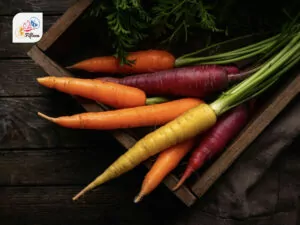
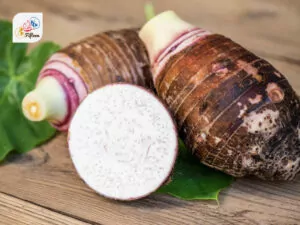
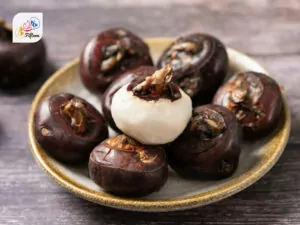
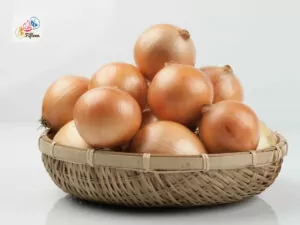
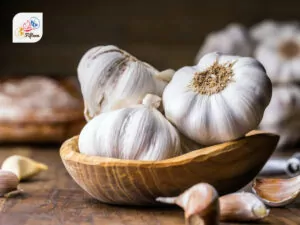
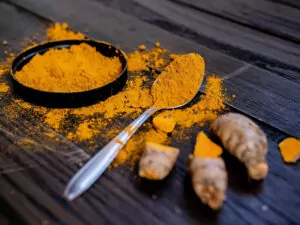

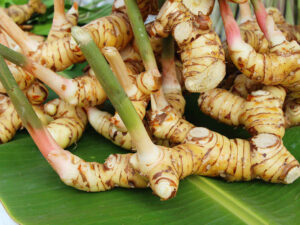
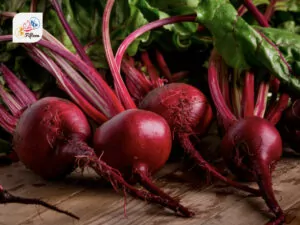
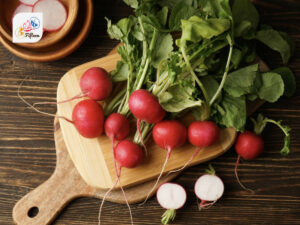
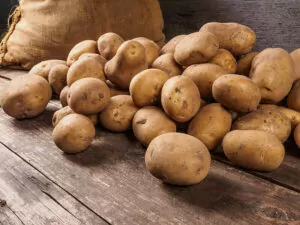
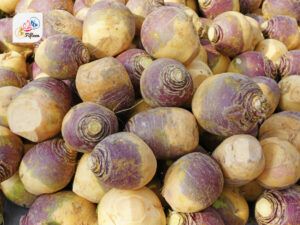
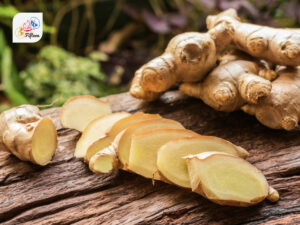
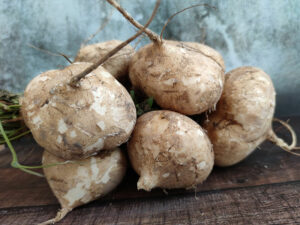
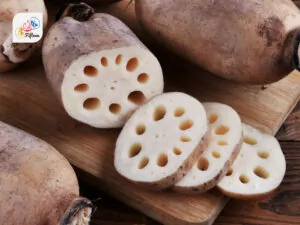
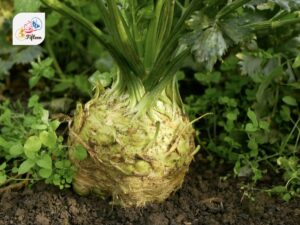
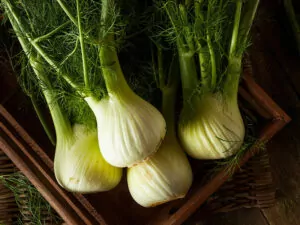
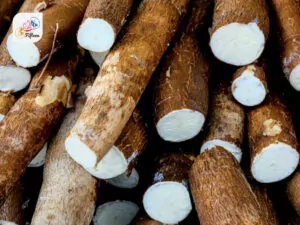
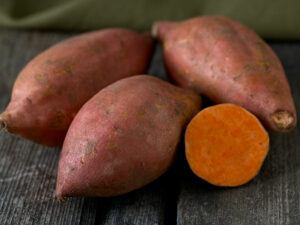
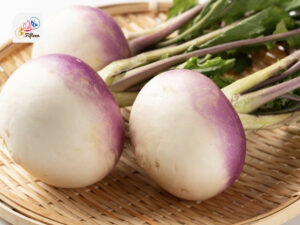

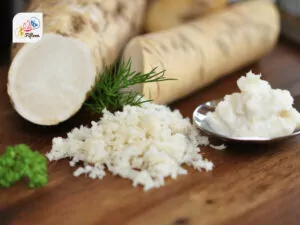
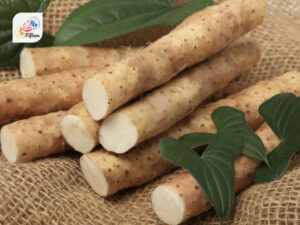
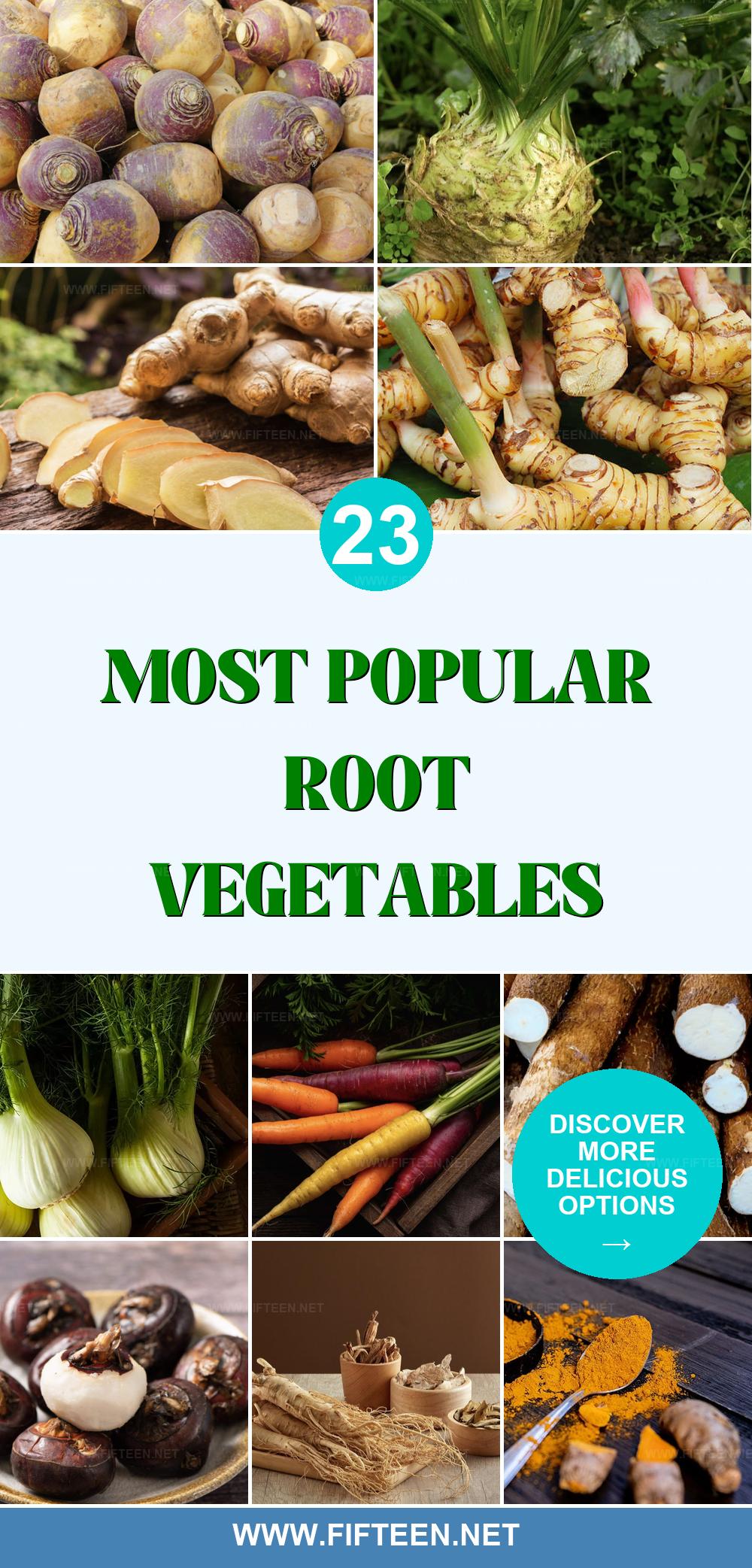
Jamie Scott
Editor in Chief, Senior Content Writer
Expertise
Home Cooking, Meal Planning, Recipe Development, Baking and Pastry, Food Editor, Cooking-video Maker, Western Food Evaluation Expert
Education
Le Cordon Bleu College of Culinary Arts
Local Community College, New York, NY
Jamie Scott is a skilled culinary expert and content creator specializing in Western cuisine. With over 15 years in the culinary field and formal training from Le Cordon Bleu, Paris, Jamie deeply understands how to blend nutrition with delicious flavors. His passion for cooking matches his commitment to making healthy eating accessible and enjoyable.
On Fifteen.net, Jamie brings a fresh perspective to classic dishes and beverages, offering readers insightful recipes, cooking tips, and a fresh view on meal planning that emphasizes taste, health, and simplicity.